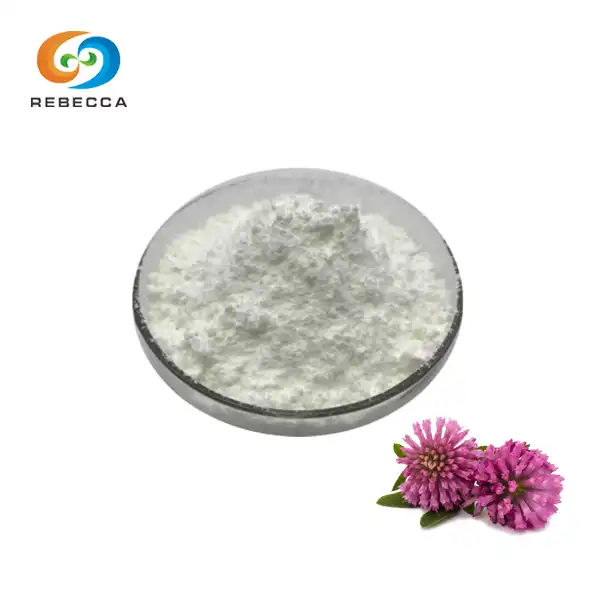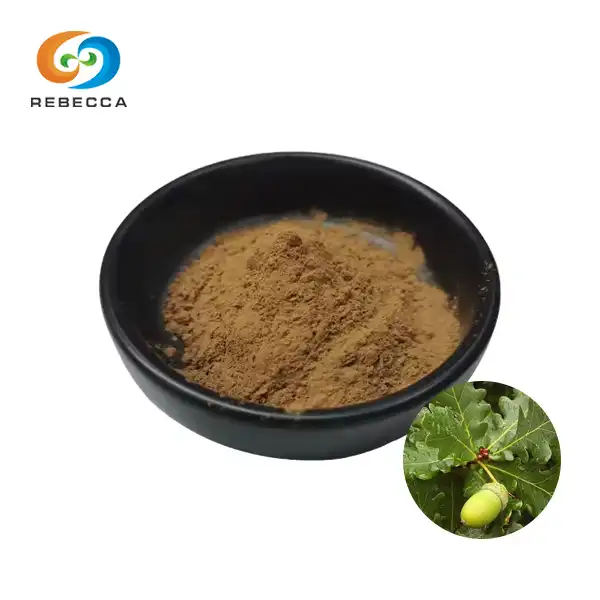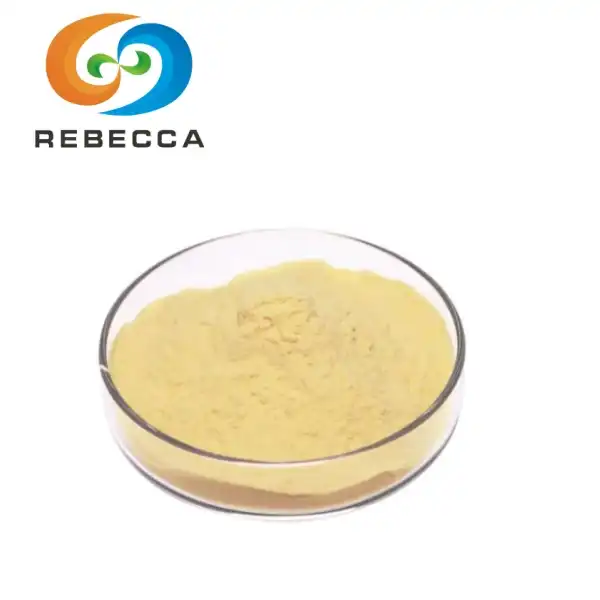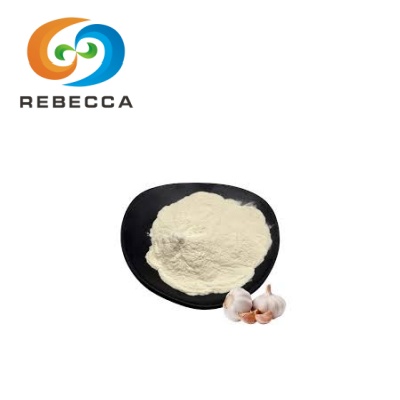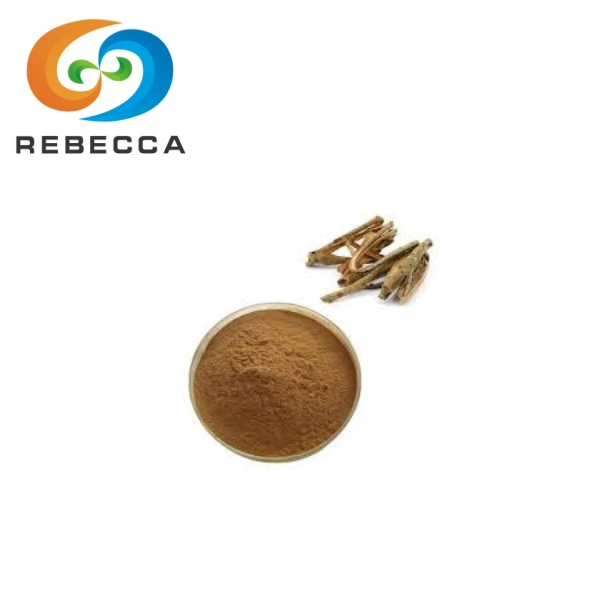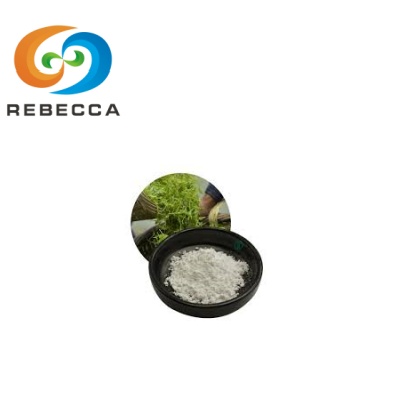Micronized Creatine vs Monohydrate Absorption Efficiency
When it comes to creatine supplementation, the debate between micronized creatine and creatine monohydrate often centers on absorption efficiency. Micronized creatine, with its smaller particle size, offers potential advantages in terms of digestive uptake and bioavailability. This refined form of creatine may lead to enhanced muscle absorption and reduced gastrointestinal discomfort compared to the standard product. However, both forms have demonstrated effectiveness in supporting muscle growth and athletic performance. The choice between micronized creatine and monohydrate ultimately depends on individual tolerance and preferences.
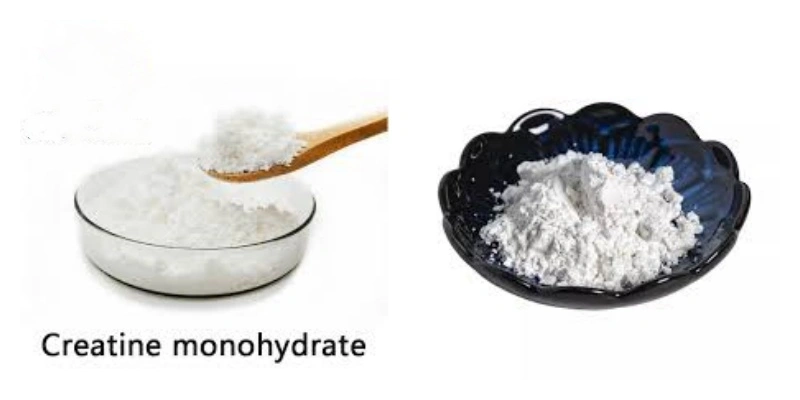
Product Name: Creatine Monohydrate
Creatine Monohydrate PowderSpecification: 99.5%-102.0%, HPLC
CAS: 6020-87-7
Creatine monohydrate Professional Manufacturer and Supplier
Free Sample Available, MSDS Available
Digestive Uptake: Which Form Wins?
Creatine Absorption: Micronized vs. Monohydrate Showdown
The absorption of creatine plays a crucial role in its effectiveness as a supplement. Micronized creatine, with its smaller particle size, may have an edge in this area. The reduced particle size increases the surface area of the creatine molecules, potentially leading to better dissolution in liquid and improved absorption in the digestive tract. This enhanced solubility could result in more efficient uptake by muscle cells.
On the other hand, creatine monohydrate has a long-standing reputation for effectiveness. While its particles are larger, numerous studies have shown that it is well-absorbed by the body. The differences in absorption between micronized and monohydrate forms may be minimal for many users, with both forms capable of increasing muscle creatine stores effectively.
Gut-Friendly? Comparing Digestive Comfort of Both Forms
One potential advantage of micronized creatine is its impact on digestive comfort. Some users report experiencing less gastrointestinal distress with micronized creatine compared to standard monohydrate. The smaller particles may be easier on the digestive system, reducing the likelihood of bloating or stomach discomfort that some individuals experience with creatine supplementation.
However, it's important to note that many people tolerate creatine monohydrate without any issues. Individual responses can vary, and factors such as dosage and timing of intake can also influence digestive comfort. For those sensitive to creatine's effects on the gut, micronized forms may offer a more comfortable option.
Speed of Uptake: Does Micronization Make a Difference?
The speed of creatine uptake is another factor to consider when comparing micronized and monohydrate forms. In theory, the smaller particles of micronized creatine should dissolve more quickly in liquid and potentially be absorbed faster by the body. This could lead to a more rapid increase in muscle creatine levels.
However, the practical significance of this difference in uptake speed is debatable. Both forms of creatine, when taken consistently over time, effectively saturate muscle creatine stores. The slight difference in initial absorption speed may not translate to significant variations in long-term results for most users.
Bioavailability Factors: Size Matters
Particle Size Impact on Creatine Absorption Rates
The particle size of creatine supplements plays a significant role in their bioavailability. Micronized creatine, with its reduced particle size, boasts a larger surface area-to-volume ratio. This increased surface area allows for more efficient interaction with digestive fluids, potentially leading to improved dissolution and absorption rates.
Research suggests that smaller particle sizes can enhance the rate at which creatine enters the bloodstream. This improved absorption efficiency may result in a more rapid increase in muscle creatine content, particularly in the initial stages of supplementation. However, it's worth noting that over time, both micronized and standard monohydrate forms can achieve similar levels of muscle creatine saturation when consumed consistently.
Surface Area Advantage: Micronized Creatine's Edge
The surface area advantage of micronized creatine extends beyond just absorption rates. The increased surface area allows for better mixing and suspension in liquids, reducing the gritty texture often associated with creatine monohydrate. This improved mixability can enhance the overall user experience and may contribute to better compliance with supplementation regimens.
Additionally, the greater surface area of micronized creatine particles may lead to more uniform distribution throughout the digestive tract. This could potentially result in more consistent absorption and reduce the likelihood of any localized gastrointestinal irritation that some users experience with larger creatine particles.
Dissolution Speed: How It Affects Creatine Utilization
The speed at which creatine dissolves can impact its utilization by the body. Micronized creatine, with its smaller particles, tends to dissolve more rapidly in liquids. This quick dissolution can be advantageous for several reasons. Firstly, it allows for faster absorption in the gastrointestinal tract, potentially reducing the time creatine spends in the stomach and minimizing any potential for digestive discomfort.
Moreover, the rapid dissolution of micronized creatine may lead to more consistent blood levels of creatine. This steady supply could theoretically support more efficient uptake by muscle cells, although the practical significance of this effect in terms of performance outcomes requires further research. While both forms of creatine are effective, the dissolution speed of micronized creatine may offer slight advantages in terms of convenience and potentially in absorption efficiency.
Maximizing Absorption: Timing and Dosage Tips
Optimal Timing: When to Take Micronized vs. Monohydrate
The timing of creatine intake can influence its absorption and effectiveness. For both micronized creatine and creatine monohydrate, consistency is key. Many athletes choose to take creatine post-workout, when muscle cells are primed for nutrient uptake. However, research suggests that creatine can be effective regardless of when it's consumed, as long as the daily dosage is maintained.
For those using micronized creatine, its rapid dissolution may make it suitable for pre-workout consumption without causing digestive discomfort during exercise. Creatine monohydrate, while equally effective, might be better tolerated when taken post-workout or with meals for some individuals. Ultimately, the best timing is the one that allows for consistent daily intake.
Dosage Strategies for Enhanced Creatine Absorption
The standard dosage for creatine supplementation is typically 3-5 grams per day, regardless of whether it's micronized or monohydrate form. Some users opt for a loading phase of 20 grams per day for 5-7 days to rapidly saturate muscle creatine stores, followed by a maintenance dose. However, this loading phase is not necessary and may increase the risk of digestive issues.
For those using micronized creatine, the improved solubility may allow for slightly lower doses while maintaining effectiveness. However, this potential advantage has not been conclusively proven in research. Regardless of the form, consistent daily intake is more important than the specific dosage strategy for achieving and maintaining muscle creatine saturation.
Synergistic Supplements to Boost Creatine Efficiency
Certain supplements and nutrients can enhance the absorption and effectiveness of creatine. Consuming creatine with carbohydrates or a combination of carbohydrates and protein can increase muscle uptake. This effect is due to the insulin response triggered by these macronutrients, which facilitates creatine transport into muscle cells.
Additionally, some studies suggest that combining creatine with beta-alanine may lead to greater performance improvements than creatine alone. The combination of creatine with caffeine remains controversial, with some research indicating potential interference, while other studies show no negative impact. As with any supplementation strategy, individual responses may vary, and it's advisable to consult with a healthcare professional or sports nutritionist for personalized advice.
Both micronized creatine and creatine monohydrate are effective forms of this popular supplement. While micronized creatine may offer slight advantages in terms of solubility and digestive comfort, the differences in absorption efficiency and performance outcomes are generally minimal. The choice between the two often comes down to personal preference and individual tolerance. Regardless of the form chosen, consistent intake, proper dosing, and attention to overall diet and training regimen are key factors in maximizing the benefits of creatine supplementation.
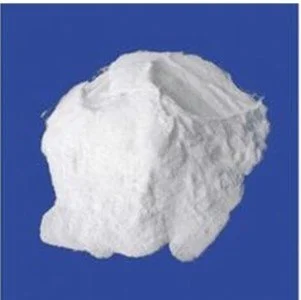
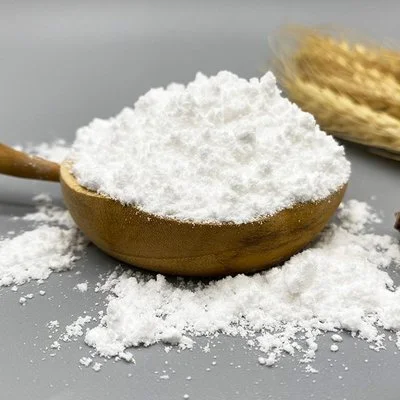
Wholesale Bulk Creatine Monohydrate Powder
Shaanxi Rebeccia, a leading supplier of high-quality nutritional ingredients, offers premium micronized creatine and creatine monohydrate powder. Our state-of-the-art production facilities utilize advanced extraction, separation, and purification technologies, adhering to stringent GMP and ISO standards. We maintain rigorous quality control throughout our production process, from raw material sourcing to final product delivery, ensuring the utmost safety and efficacy of our supplements. Our creatine products boast a purity of 99.5%-102.0% (HPLC), meeting the highest industry standards. For inquiries about our wholesale bulk creatine powder or to request a free sample, contact us at information@sxrebecca.com. Experience the Rebeccia difference in your formulations today.
References
- Kreider, R. B., et al. (2017). International Society of Sports Nutrition position stand: safety and efficacy of creatine supplementation in exercise, sport, and medicine. Journal of the International Society of Sports Nutrition, 14, 18.
- Jagim, A. R., et al. (2018). A buffered form of creatine does not promote greater changes in muscle creatine content, body composition, or training adaptations than creatine monohydrate. Journal of the International Society of Sports Nutrition, 15, 37.
- Gualano, B., et al. (2012). Creatine supplementation in health and disease: what is the evidence for long-term efficacy? Nutrients, 4(5), 391-415.
- Jäger, R., et al. (2011). Analysis of the efficacy, safety, and regulatory status of novel forms of creatine. Amino Acids, 40(5), 1369-1383.
- Antonio, J., & Ciccone, V. (2013). The effects of pre versus post workout supplementation of creatine monohydrate on body composition and strength. Journal of the International Society of Sports Nutrition, 10, 36.

